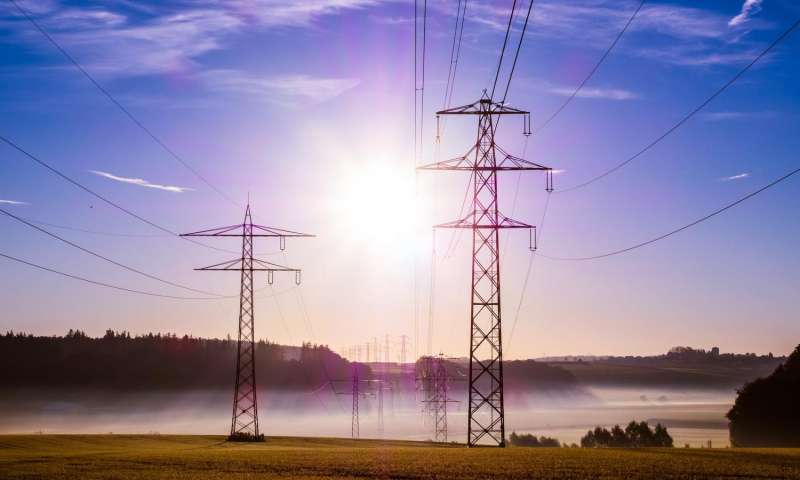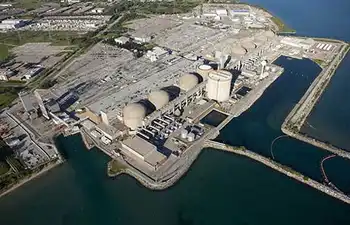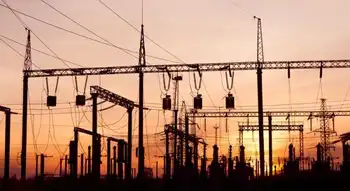Do you know the differences in bulbs?
The two most common types are incandescent and fluorescent. Incandescent bulbs glow when electric current passes through a filament. All lamps with a filament are considered incandescent even when they are modified with gasses such as halogen, krypton and xenon.
Fluorescent bulbs produce light when an electric arc passes between cathodes and excites mercury and other gases, producing radiant energy. Phosphor coatings convert energy into visible light. The compact fluorescent has been promoted as energy-saving, low heat and long-lasting. The ballast for the CFL is below the lamp and above the threaded base, increasing heat, which shortens the lamp life. Remember that fluorescent bulbs cannot start in cold weather.
All fluorescent lamps contain mercury and need to be thoughtfully discarded. If they break, open the windows and pick up the residue with tape. Do not contaminate your vacuum cleaner!
Fluorescent lighting color is described by the Kelvin rating. This is based on our perception of how cool or warm the light appears.
Use 2700 kelvins, or warm white, in homes, counseling offices and restaurants.
Use 3000 kelvins, or soft white, a peachy source almost like incandescent, in home furnishing stores and waiting rooms.
Use 3500 kelvins in the midlevel of warm to cool in commercial, retail stores and offices. This color temperature is terrific, especially when used with a silver parabolic lens that brightens the flatness of fluorescent light.
Use 4100 kelvins, or cool white, only if you want the feeling of an ice palace. This is the color temperature that is duplicated on an overcast day in the winter.
Use 5000 kelvins in hospitals, laboratories and doctors offices where a crisp light is needed.
Use 6500 kelvins, the bluest, in jewelry and accessory stores.
Torcheres and task lighting use halogen bulbs that provide high contrast, a brilliant color that duplicates sunlight. They provide more light than a typical incandescent. To preserve their longer life, protect the quartz casing from the skin oil on your hands, which will change the tension and cause a shorter lamp life. During installation, use a glove or a thin foam pad.
The tungsten redeposits onto the filament and is considered a self-cleaning bulb when the bulb is burned at full power. If the bulb is dimmed often, operate at full power occasionally to extend lamp life.
Halogen bulbs usually cost more but give more light per watt of energy used, last longer and enhance color. They are a bargain. But I do not use halogen reflectors in walkways they seem like interrogation lights and cast shadows on your face. Halogen bulbs are wonderful over work surfaces, coffee tables, dining tables and to directionally light artwork.
Xenon gas lamps burn cooler than halogen but the light they produce tends to be blue. The blue-tinted auto headlights you see at night are xenon. They have an average lamp life of 2,000 hours like halogen.
Related News

Baltic States Disconnect from Russian Power Grid, Join EU System
MOSCOW - In a landmark move towards greater energy independence and European integration, the Baltic nations of Estonia, Latvia, and Lithuania have officially disconnected from Russia's electricity grid. This decisive action, completed in February 2025, not only ends decades of reliance on Russian energy but also enhances the region's energy security and aligns with broader geopolitical shifts.
Historical Context and Strategic Shift
Historically, the Baltic states were integrated into the Russian-controlled IPS/UPS power grid, a legacy of their Soviet past. However, in recent years, these nations have sought to extricate themselves from Russian influence, aiming to synchronize their power systems…





